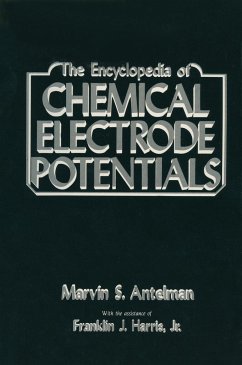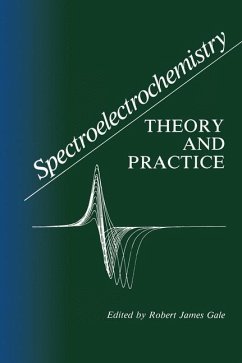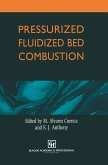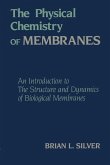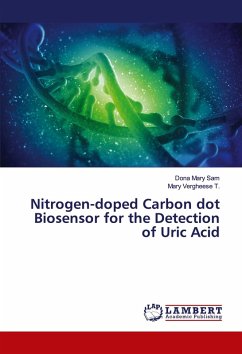This book is an attempt to compile the most comprehensive listing of chemical electrode potentials to date. In compiling this encyclopedia, many papers, articles, and publi cations-often with contradictory data-were consulted. Of all the par published material available, the authors found the following of ticular interest: G. Milazzo and S. Caroli, Tables of Standard Electrode Poten tials, John Wiley and Sons, Inc. (1978). A. J. deBethune and N. A. Swendeman Loud, Standard Aque ous Electrode Potentials and Temperature Coefficients at 25°C, Clifford A. Hempel (1964). W. Mansfield Clark, Oxidation-Reduction Potentials of - ganic Systems, The Williams and Wilkins Co. (1960). However, it was our intent also to include unpublished complex forma tion EMF data. Furthermore, when we consulted published EMF data, we found that the compilations often paid no attention to disparate conditions and varying pressures and electrolyte concentrations. To achieve a useful compilation, we resorted to Nernst equation thermodynamic calculations to reconcile disparate data. We also uti lized the following relationships to calculate EMF values for inclusion in our tables from association constants: In K = nFE log K = -nE(16. 9) RT As a practical example, consider the reaction 3 Ca + Nta- - 2e = Ca(Ntar We may write 2 Ca - 2e = Ca+ EO = -2. 87 2 3 Ca+ + Nta- = Ca(Ntar E, = ? 3 Ca - 2e + Nta- = Ca(Ntar E2 = ? xl xII INTRODUCTION Given log K Ca(Ntaf = 6. 41, 6. 41 = -(2)(16.
Bitte wählen Sie Ihr Anliegen aus.
Rechnungen
Retourenschein anfordern
Bestellstatus
Storno

